
We took rest on a mountain pass
Even above the soaring lark.
by Matsuo Basho
Matsuo Basho (1644 – 1694) was the most famous Edo period poet and a haiku master.
To read more poems, click here.

We took rest on a mountain pass
Even above the soaring lark.
by Matsuo Basho
Matsuo Basho (1644 – 1694) was the most famous Edo period poet and a haiku master.
To read more poems, click here.


The Christmas tree and the decorations are up! The Nutcracker guards are new; I found them at our local garden center (while looking for bird feed).

The Yule goat is over twenty years old.

The Santa traveling by hot air balloon is from the garden center as well. I regret now not buying more of them, they match the older decorations so well.


Decorating the Christmas tree is one of my favorite things to do while listening to the best Christmas album of all time: Frank Sinatra’s The Christmas Album.

No Christmas is complete without a cat hiding under the tree.
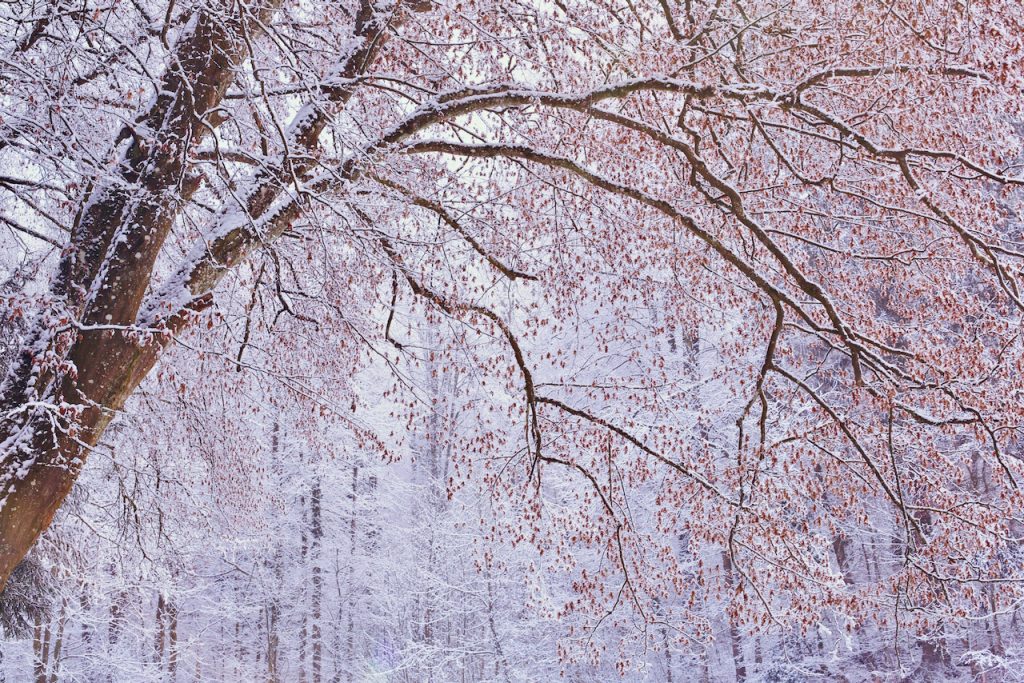
In the midst of winter, I found there was, within me, an invincible summer.
And that makes me happy. For it says that no matter how hard the world pushes against me, within me, there’s something stronger – something better, pushing right back.
Albert Camus (1913 – 1960)
Albert Camus was a French writer and philosopher who was awarded the Nobel Prize for literature in 1957.
To read more quotes by various authors, click here.
The Map of Doom (say what?), Cal Newport on technology improving productivity, The Queen’s Gambit, and more in The Zone No. 9.

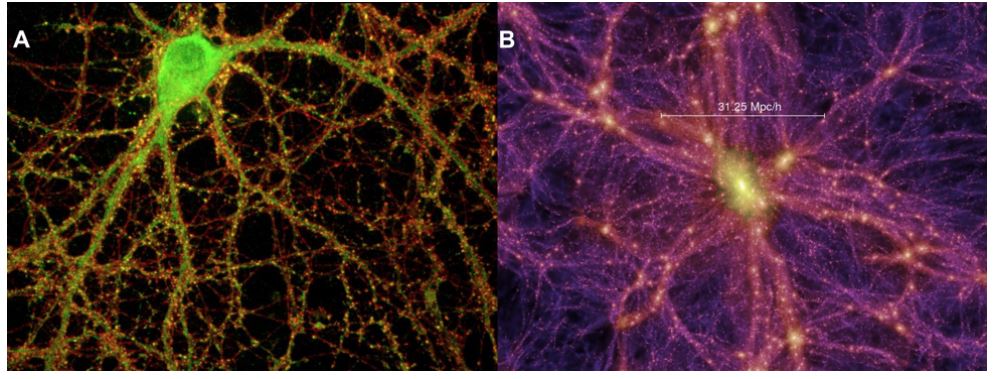

A Quote I’m Pondering
Inspiration is for amateurs. The rest of us just show up and get to work. Every great idea I’ve ever had grew out of work itself.
Chuck Close
From My Photo Archives
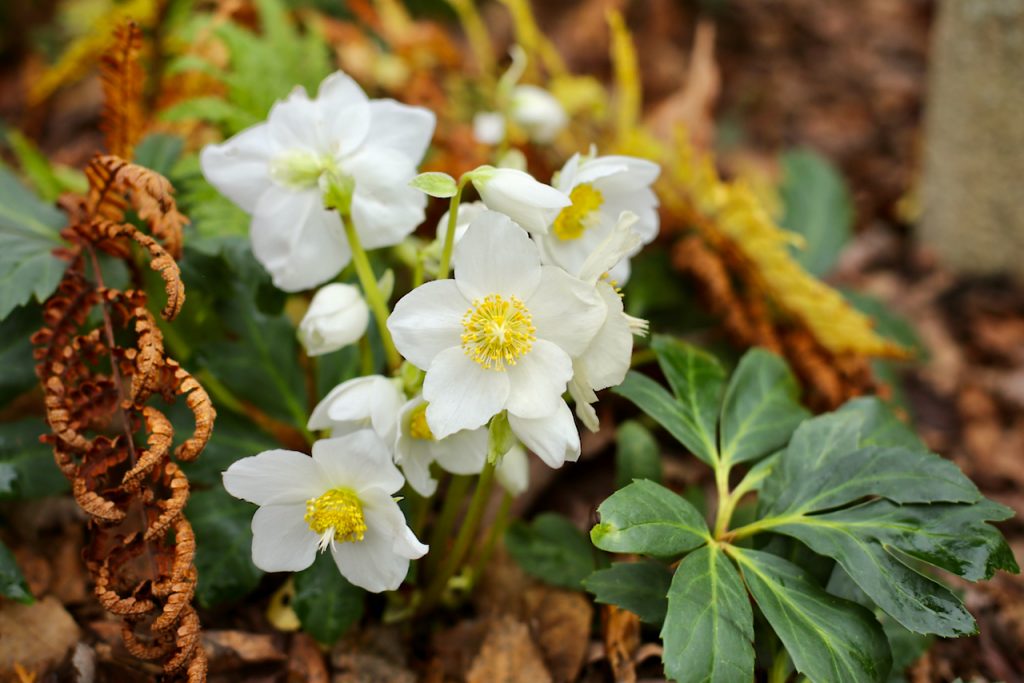
If you liked this post, share it on your preferred social network or forward it to a friend.
To read more The Zone posts, click here.
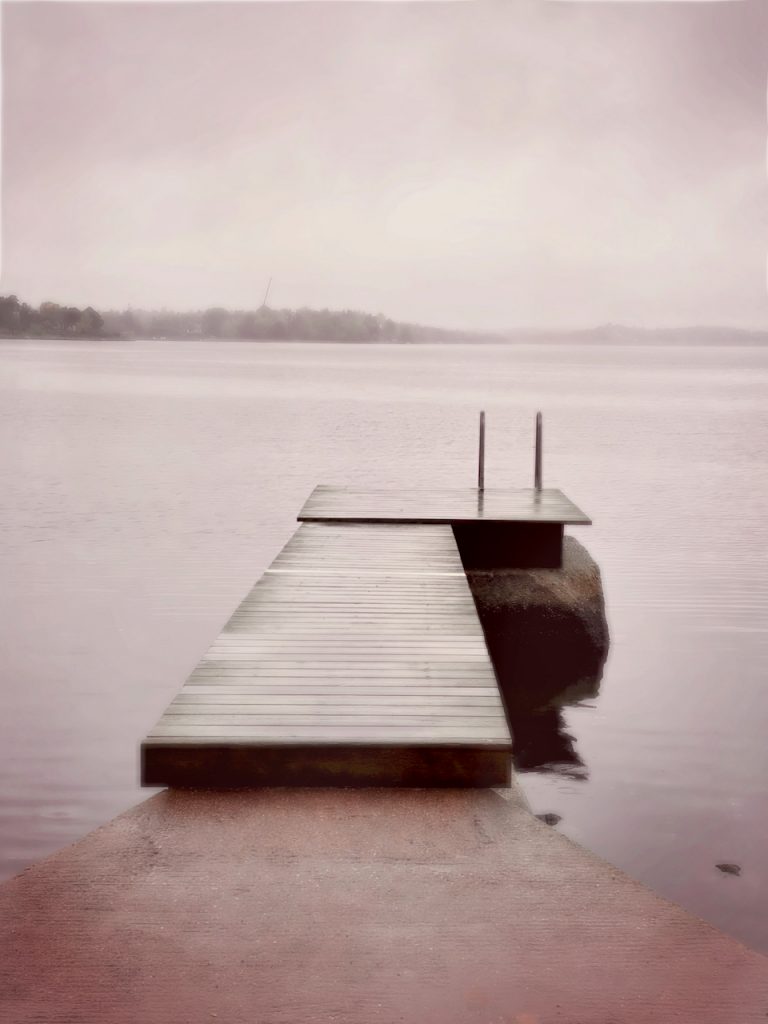
This post is about creativity, constraints and making do with what you have.
I had forgotten how dark it gets in this country after years of living in Switzerland. Last year doesn’t really count as re-acclimatization to Scandinavian darkness as we moved in at the end of October, had plenty of things to manage because of the move, and then went to Australia mid-December.
Darkness is so oppressive now; it feels like we’re living in a perpetual twilight zone. Even at noon, there’s not enough light to take decent photos. Outside, that is.
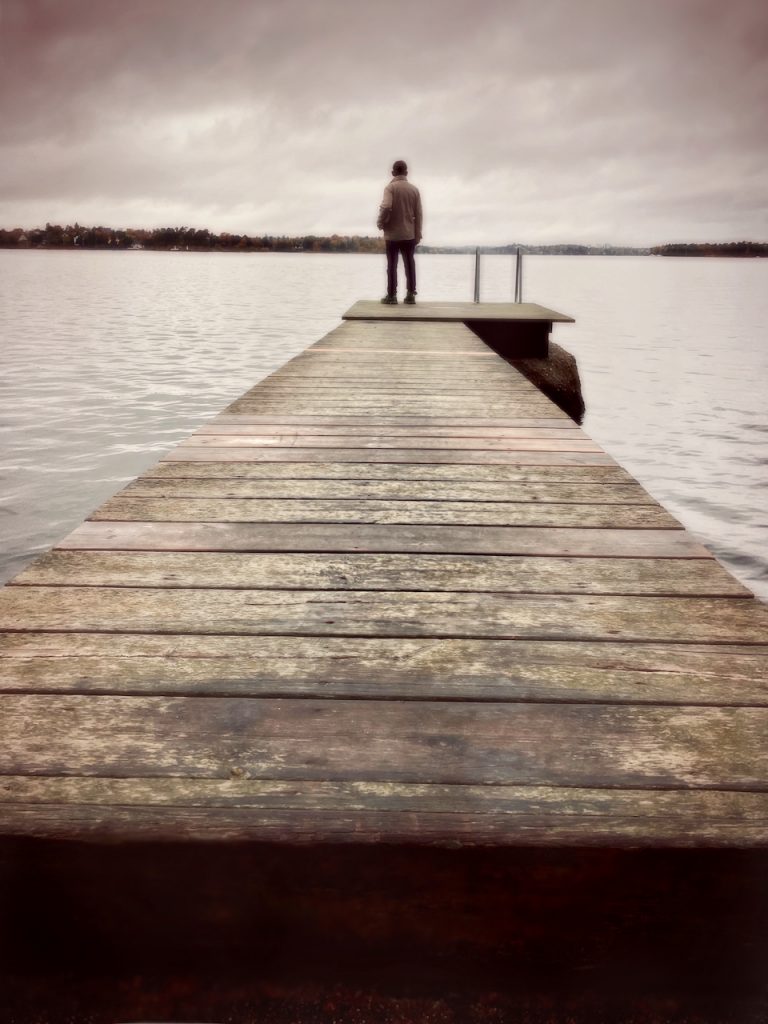
I use to go for a walk at noon, to get some fresh air and daylight. Especially daylight. I always preach creativity thrives on constraints, and so I’m forcing myself to find something to photograph during my walks. Sometimes I bring my Canon 5D if there’s enough light to give it a try; otherwise, I always have my iPhone.
On some overcast days, this really becomes an exercise in creativity as the whole world seems to be blanketed in 50 shades of gray (pun intended).
The salvation then is in post-processing. I like to keep things simple. The photos above were taken with an iPhone and processed quickly with Snapseed. That’s it; it took me only a couple of minutes. No masterworks, I’m the first to admit. But much better looking than the original photos.
And since creativity thrives on constraints, I’m considering doing a 365 project, when you take and post one photo a day, every day, for a whole year. January 1st is around the corner, a good date to start a 365 project, don’t you think? It should be fun.
If you liked this post, share it on your preferred social network or forward it to a friend.
To read more posts on photography, click here.
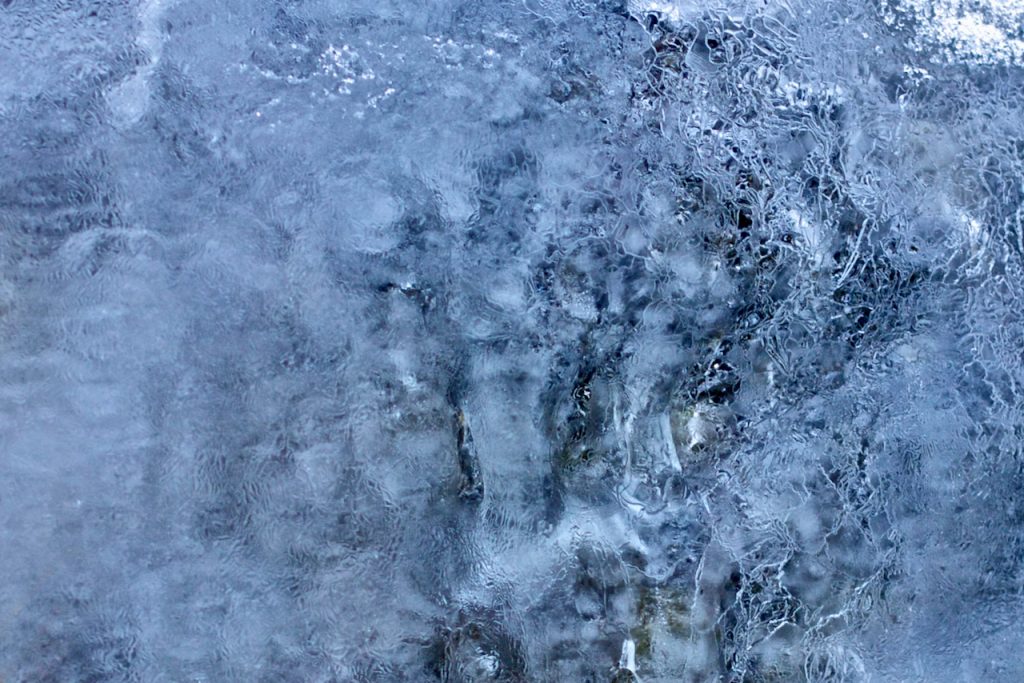
Lo, ice and water joyfully
Are reconciled to one another.
Matsunaga Teitoku
Matsunaga Teitoku (1571 – 1654) was a Japanese poet who founded the Teitoku (or Teimon) school of haiku poetry.
To read more poems, click here.
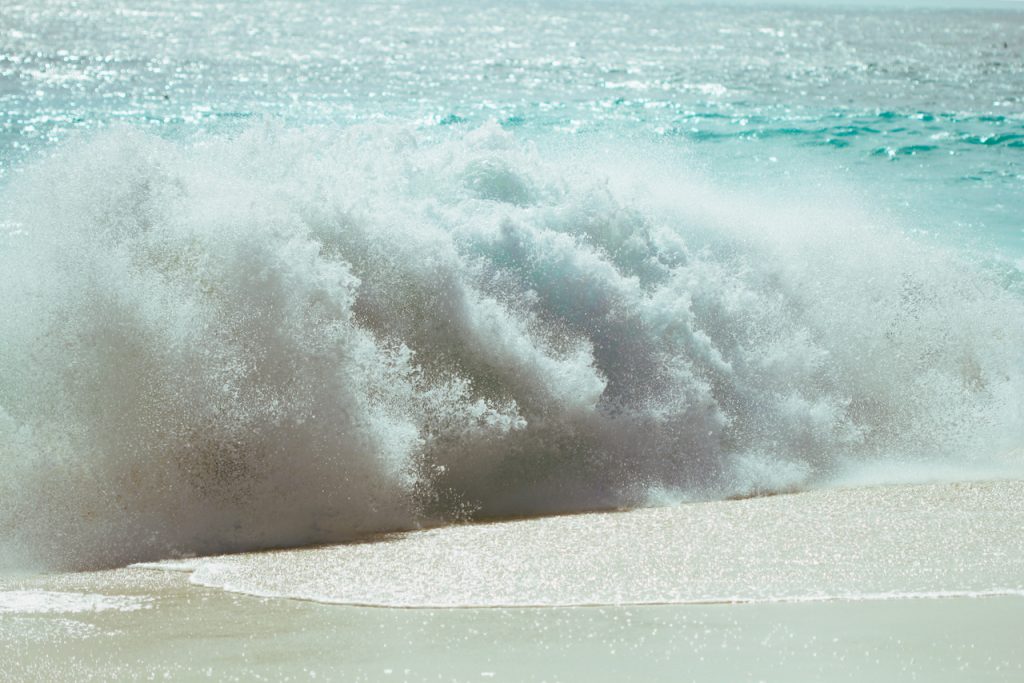
The task is always to write every single piece like it’s your only one. It has to have that energy. Use your best material now. Just squander yourself. Enjoy it. I don’t want to read anyone’s tepid writing.
Parul Sehgal
The quote comes from this excellent interview with Parul Sehgal, book critic at The New York Times, and former editor and columnist at The New York Times Book Review.
One of the few things I know about writing is this: spend it all, shoot it, play it, lose it, all, right away, every time. Do not hoard what seems good for a later place in the book, or for another book; give it, give it all, give it now. The impulse to save something good for a better place later is the signal to spend it now. Something more will arise for later, something better. These things fill from behind, from beneath, like well water. Similarly, the impulse to keep to yourself what you have learned is not only shameful, it is destructive. Anything you do not give freely and abundantly becomes lost to you. You open your safe and find ashes.
Annie Dillard
Annie Dillard, along the same lines.
Best books of the year, productivity hacks, Earth’s new mini-moon, cute squirrels, and more in this week’s installment of The Zone.

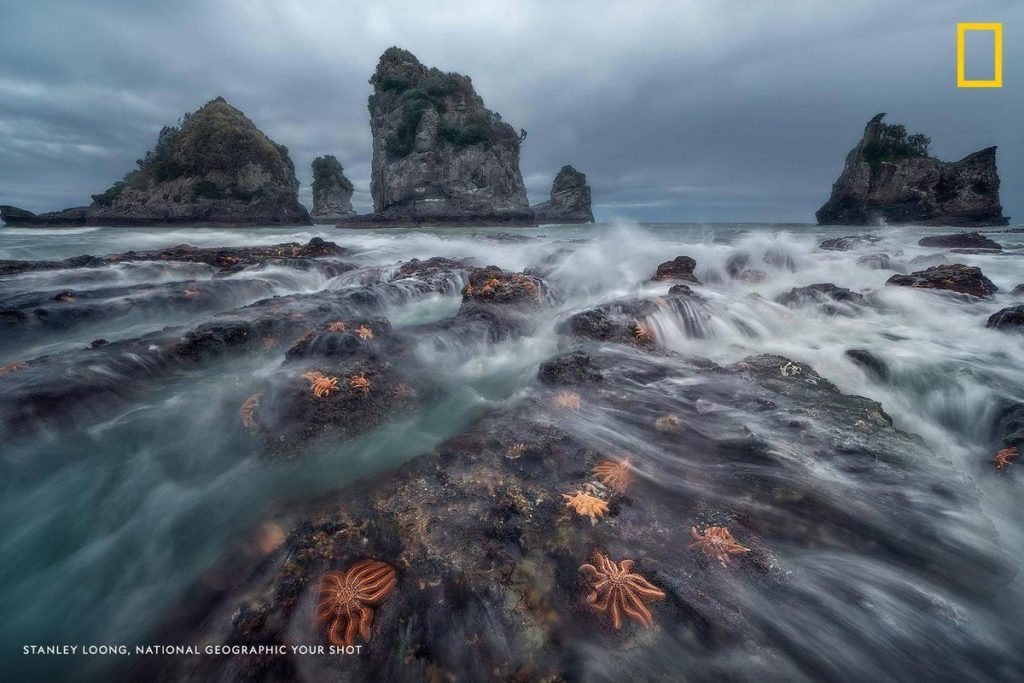
A Quote I’m Pondering
Heaven and hell are not separate places but are already here among us on earth. What separates and protects us from hell is a surface layer that could be called civilization. A surface layer that we have realized this year is much more fragile than we thought. Dystopias are alarm clocks. *
Jan Gradvall, Swedish journalist in Dagens Industry Weekend magazine
From My Photo Archives
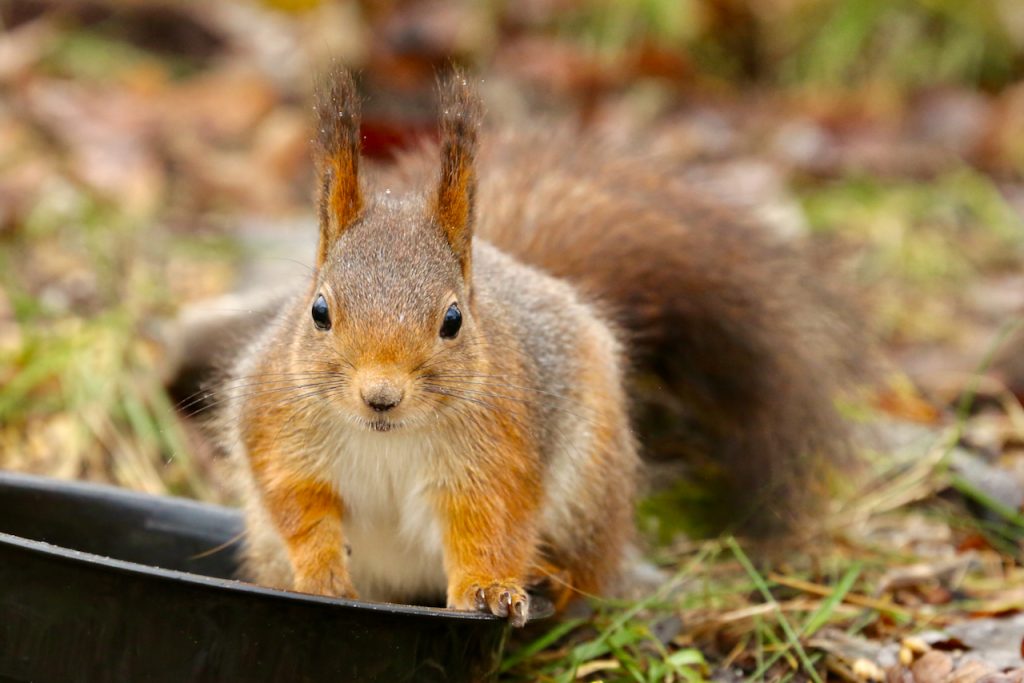
* Here’s the original quote in Swedish:
Himlen och helvetet är inga separata platser utan finns redan här bland oss på jorden. Vad som skiljer och skyddar oss från helvetet är ett ytlager som man skulle kunna kalla civilisation. Ett ytlager som vi detta år har insett är mycket bräckligare än vad vi trott. Dystopierna är väckarklockor.
If you liked this post, share it on your preferred social network or forward it to a friend.
To read more The Zone posts, click here.
As creators, we’ve all been there, showing up to do the work, and nothing happened. Going through the motions, following the ritual (you do have a ritual?), yet the creative spark is gone, not even smoldering ashes left. The empty page.The blank canvas. The feared creative block. “Is it all gone? Will I ever be able to write anything? What’s happening?” That’s scary. I know it because I’ve been there. Too often.
One of the tricks I’ve learned to jumpstart my writing when I feel stuck is visual writing prompts. I would pick a random photo and force myself to write the beginning of a story based on the image. Something short and easy to get me going. You can see an example at the end of this post.
I try not to use one of my own photos but something completely different, to force my brain into something new. A site such as Unsplash, offering free photos for download, is great for the purpose. (I may want to use a text in the future, so it’s good to know I won’t need to worry about licensing).
This gets me started at any time, just because I don’t have any expectations to produce something extraordinary or brilliant. I’m just supposed to write a few words; I can do that.
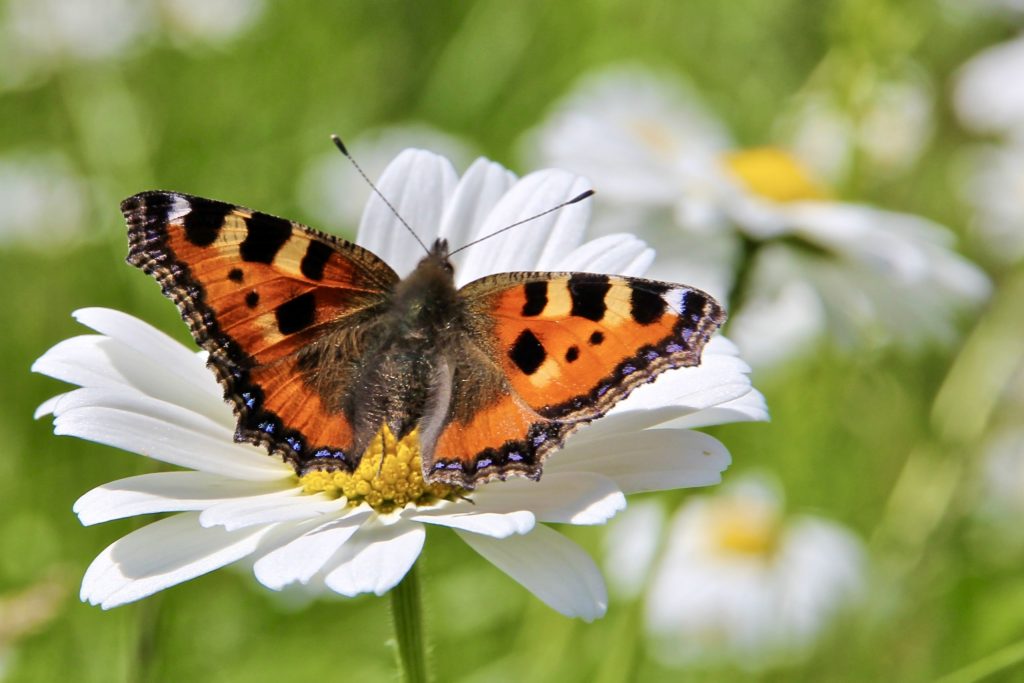
However, more often than not, as my writing starts to flow, it takes me in a new direction. I’m suddenly drawn into a new story, and curiosity pushes me to continue instead of returning to what I was working on. It’s good fun, and the temptation is to go with the flow. The brain is skilled at taking the path of the least resistance, that old rascal.
This is where discipline comes in. I can’t afford to start on a new story; I have to finish what I’ve started before going in a new direction. It’s tempting to abandon the work when the going gets tough and respond to a new project’s sirens’ song. But all this approach does is make sure I don’t finish anything, ending up with many great starts with no ends. Ask me how I know.
This is where a slush file comes in handy. What’s a slush file, you ask. This is where all good but seducing ideas go. Got a great idea for a different project? I write it down and return to the project I was working on. Once I’ve finished it, I’ll visit the slush file and pick a new project.
My slush file is very straightforward: a bullet point list in Apple’s Notes app, points grouped by project. Something like this:
I keep the Notes app easily accessible on my phone’s home screen. I don’t need to search for it, or open folders and files. As soon as I get one of those tempting ideas, I just write it down quickly in Notes, and resume whatever I was doing at the time.

I leave you with an example of a visual prompt. I found an everyday photo of a garage on Unsplash; these are a few story beginnings I wrote. I can tell you that I’ve used my slush file after this exercise. (Yep, I love a good zombie story, I admit. And terriers called Jexy.)
If you liked this post, share it on your preferred social network or forward it to a friend.
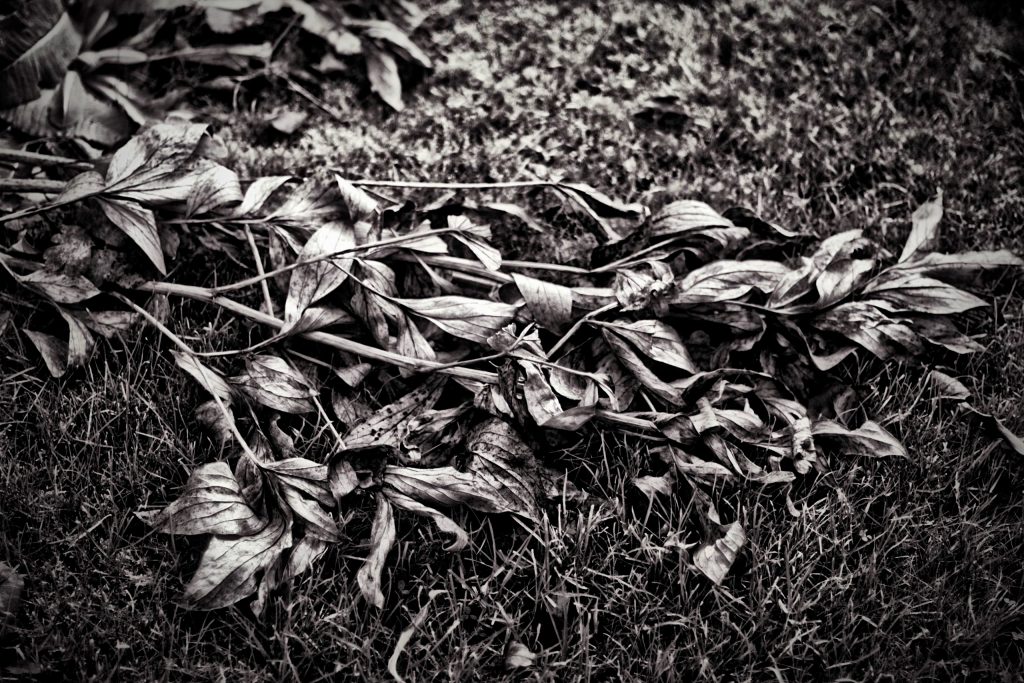
Oh, grave-mound, move!
My wailing is the autumn wind.
Matsuo Basho
Matsuo Basho (1644 – 1694) was the most famous Edo period poet and a haiku master.
To read more poems, click here.
Copyright © 2025, Mihaela Limberea. Proudly powered by WordPress. Blackoot design by Iceable Themes.